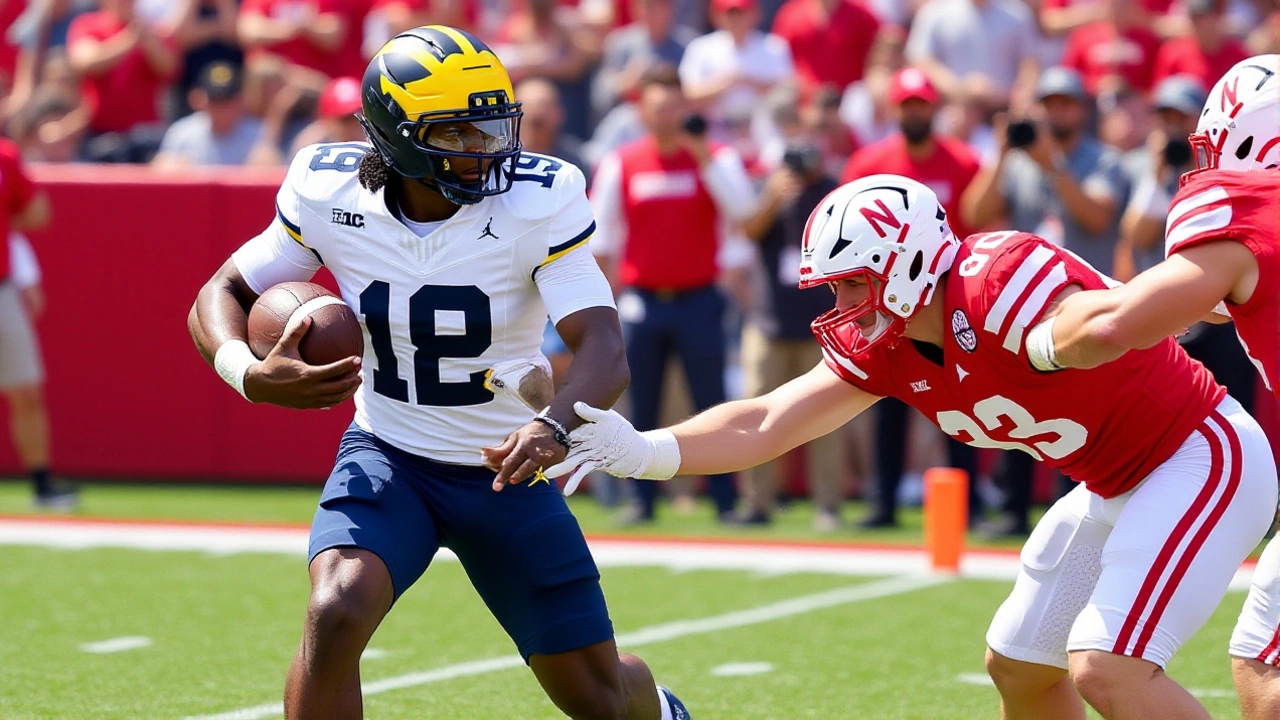SportsLine model
When talking about the SportsLine model, a framework that blends street‑racing culture with legal racing pathways and performance metrics. Also known as the Racing Compliance Blueprint, it helps enthusiasts navigate what’s allowed on public roads versus dedicated tracks. The model also touches on street racing, high‑speed contests that take place outside sanctioned venues and how they intersect with Formula 1, the apex of open‑wheel competition that sets engineering standards for the whole sport. In short, the SportsLine model bridges the gap between illegal thrills and professional standards.
One of the biggest questions the model answers is: "How can I race without breaking the law?" Legal alternatives like drag strips, track days, and especially go‑kart racing, a low‑cost entry point that teaches car control on a small circuit give you the same adrenaline surge without the risk of a ticket. Most tracks offer hourly rentals, and many clubs run beginner clinics that walk you through safety gear, licensing, and basic techniques. By fitting these options into the SportsLine model, you get a clear pathway from street‑side dreams to organized competition.
Gear matters just as much as venue. The model recommends specific motorcycle racing gear, protective suits, helmets, and boots designed for high‑speed riding when you transition to two‑wheel events. While a leather jacket might look cool, a certified armor suit meets safety standards that can mean the difference between a bruise and a broken bone. The SportsLine model links gear selection to the type of racing you choose, ensuring that whether you’re on a kart or a superbike, your equipment matches the velocity you plan to reach.
Understanding the mechanics behind racing also fuels smarter decisions. For instance, a typical Formula 1 car burns about 144 liters of fuel over a race, a figure that highlights how efficiency drives strategy on the world stage. The SportsLine model uses this data to illustrate why fuel management, tire wear, and aerodynamics matter even in amateur settings. Knowing that a drag strip run lasts only seconds, while a kart race can stretch minutes, shows how the same principles apply across scales, shaping everything from vehicle setup to pit‑stop timing.
Pop culture often blurs reality, especially in movies like Fast & Furious, where stunts defy physics. The SportsLine model pulls back the curtain, pointing out where Hollywood exaggerates and where the real world aligns. Real street racers rarely achieve 200 mph on city streets, but they do master car control, clutch kicking, and timing—skills that translate directly to sanctioned events. By comparing movie myths with actual racing data, the model helps you separate entertainment from actionable knowledge.
Below you’ll find a hand‑picked collection of articles that dive deeper into each of these areas. From legal racing guides and go‑kart starter tips to gear reviews and F1 fuel breakdowns, the posts mirror the structure of the SportsLine model, giving you practical takeaways you can apply right away.
Michigan Favored 17 Over Wisconsin, Model Sees 46-Point Game
Michigan Wolverines entered as 17‑point favorites against Wisconsin Badgers on Oct. 4, 2025, with SportsLine predicting a 46‑point total. The game’s odds, history, and model forecast shape Week 6 implications.
Read More